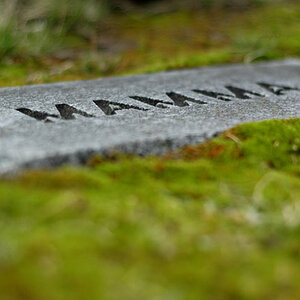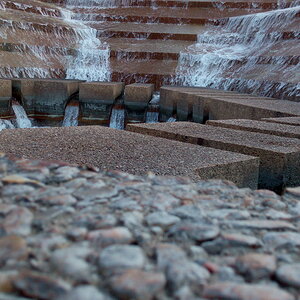Mr. Bananagrabber
TPF Noob!
- Joined
- Mar 3, 2007
- Messages
- 31
- Reaction score
- 0
- Location
- Seattle
- Website
- nwexposure.blogspot.com
- Can others edit my Photos
- Photos OK to edit
off topic but i am dying to get back in the darkroom (even if it is black), but i have to wait till everyone pays their fee! i just developed a roll and they are perfect! anyway back to the "digital darkroom". though i am going digital myself i will never call my mac a darkroom! i will call my guest bathroom a darkroom though! as soon as i get one......lol


![[No title]](/data/xfmg/thumbnail/32/32926-ec27ecead8c80d803404500d8f888dbf.jpg?1619735754)
![[No title]](/data/xfmg/thumbnail/33/33029-f4556b4c89cecbad12ebe6b782a51ef5.jpg?1619735843)
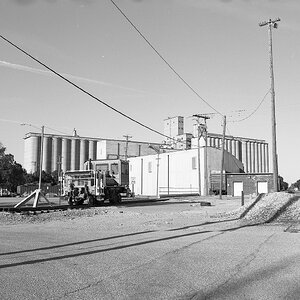

![[No title]](/data/xfmg/thumbnail/37/37413-e579e9da185db973d8cb34300b9f0eb9.jpg?1619738059)
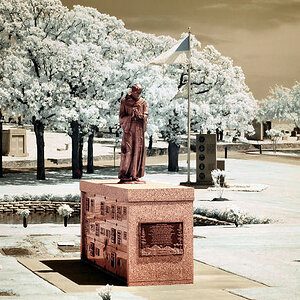
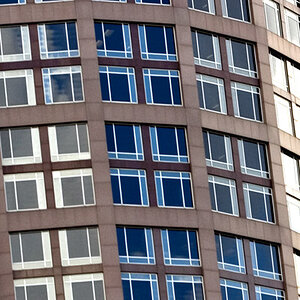
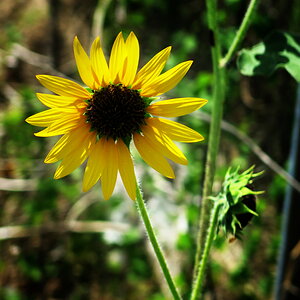
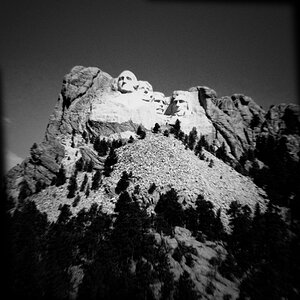
![[No title]](/data/xfmg/thumbnail/30/30859-ec099dbef074432d32832fceb25cf539.jpg?1619734479)
